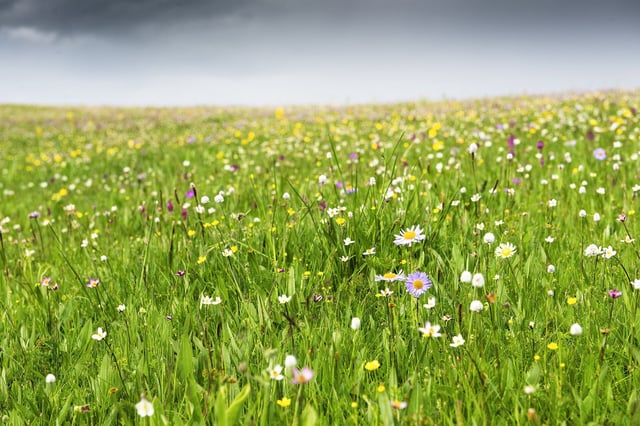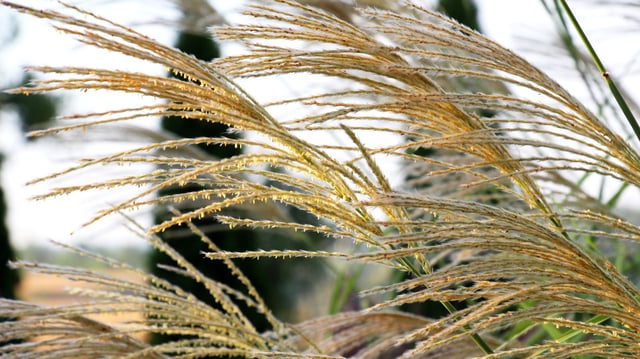Overview
- Field-scale trials across four Midwestern states demonstrate that modern energy-type switchgrass cultivars, Independence and Liberty, are significantly more profitable than forage varieties on marginal lands.
- Switchgrass systems reduce nitrous oxide emissions and nitrate leaching by up to 80% compared to corn, thanks to lower nitrogen fertilizer requirements.
- While switchgrass root systems emit 50% more CO2 due to higher belowground biomass, they also store approximately 10 megagrams of carbon per hectare, supporting long-term carbon sequestration.
- Profitability of switchgrass cultivars varies by USDA hardiness zones, with Independence thriving in zone 6a and Liberty excelling in zone 5b, underscoring the importance of region-specific strategies.
- Switchgrass cultivation on marginal lands avoids competition with food crops, provides returns within two years, and aligns with U.S. decarbonization and sustainable aviation fuel production goals.

